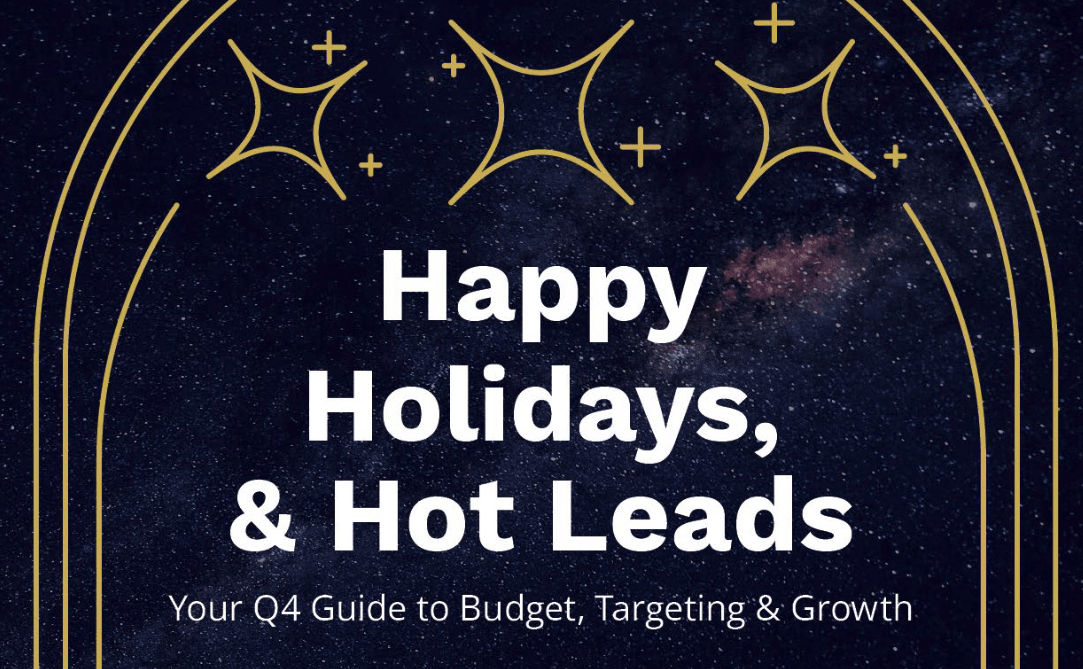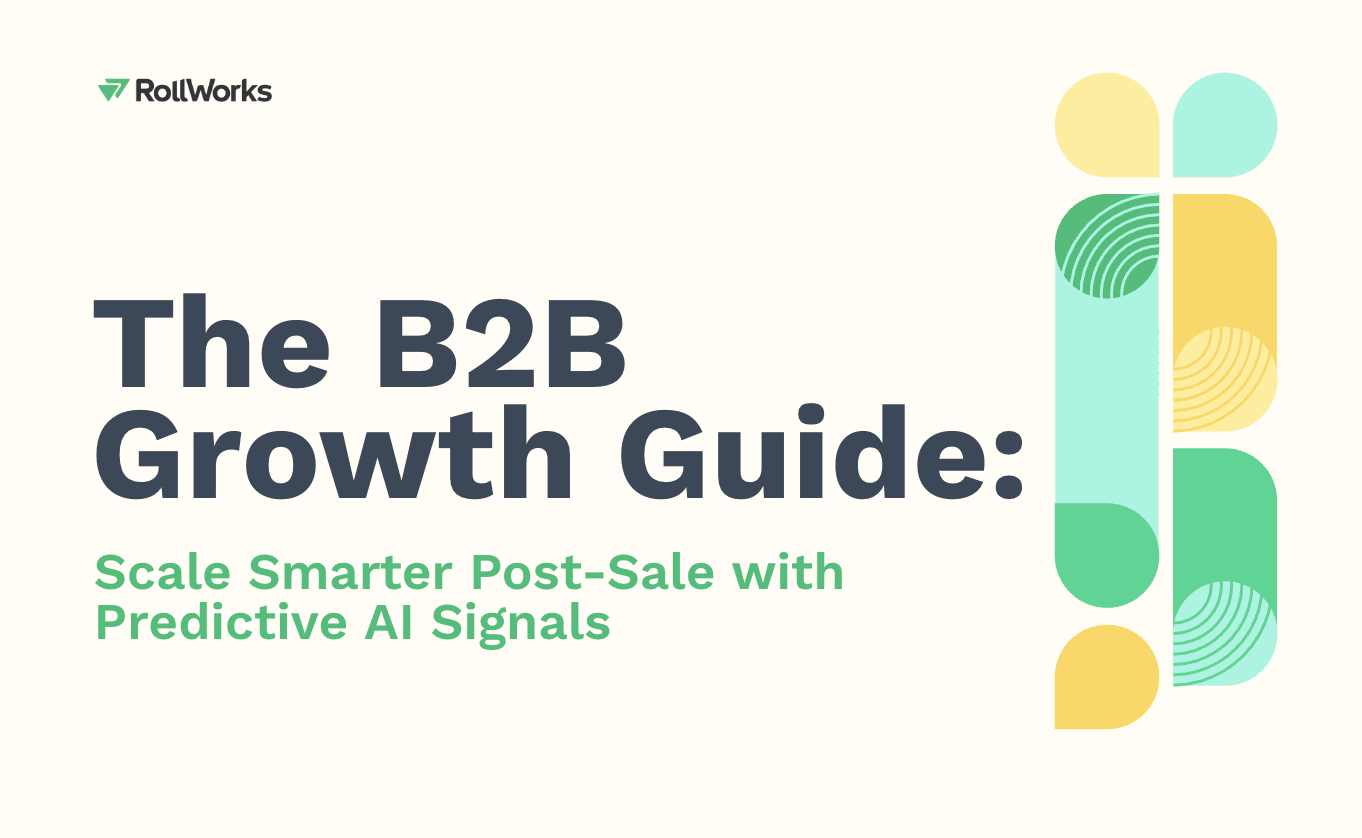As a revenue-focused marketer, I care about leads. In fact, I’ll care about leads until the day my sales team stops caring about leads (spoiler: never!).
There’s a longstanding misconception that mixing traditional lead generation tactics with ABM is like mixing oil and water. In reality, there’s magic when you balance both. In this article, we’ll reveal how we added an account-centric lens to our lead-scoring model to generate MQLs (Marketing Qualified Leads) that close fast and often.
What is lead scoring?
According to HubSpot, lead scoring is an automated process of adding or subtracting values (usually numerical) to each lead you generate for the business.
Lead scoring aims to illuminate the leads that are the most engaged and closest to the business's ideal customer profile (ICP), usually in the form of MQLs. Ultimately, this helps Sales navigate through a sea of leads and prioritize outreach toward the leads with the highest likelihood of buying.
Now, this isn’t anything new. Most businesses have been lead scoring for ages, but if you’re doing the same old-school scoring, you’re probably falling behind (and passing bad leads to your sales team). We’ve added an account-first lens to our scoring model to ensure sales teams only work the cream of the crop.
How RollWorks ABMifies lead scoring
Like a traditional lead scoring program, we use marketing automation to assign numerical points to an account’s firmo/demographic attributes and online behavior. Once a contact reaches a certain number of points they are promoted to an MQL and passed over to Sales.
The magic comes in with our unique account-based approach. First of all, we weigh account data over contact-specific data because we firmly believe that accounts with the highest fit will have the highest propensity to close. Second of all, we’ve introduced the Auto-MQL, allowing contacts within accounts on our Target Account List (TAL) to bypass scoring altogether.
Let’s take a deep dive into the 4 main components.
1. The Auto-MQL
The Auto-MQL is arguably the most crucial component of our lead scoring model. Upon any campaign response, any contact from an account on our TAL is immediately promoted to MQL so Sales can take action.
We’ve already done the work of identifying the accounts with the highest likelihood of buying, thanks to RollWorks’ predictive scoring model and careful collaboration with sales. There’s no need for contacts within these accounts to go through any additional scoring — Sales wants to prioritize action towards any kind of hand raise from contacts within our TAL.
2. RollWorks Company Score
The company score takes factors in all of an account’s firmographic and demographic attributes, as well as intent. Deciding how certain attributes should be scored requires careful examination of trends within our current customer’s attributes , as well as many feedback loops between Sales and Marketing.
Some examples of what might be taken into account in a company score are:
-
RollWorks ICP Fit Grade
-
Company size
-
Industry
-
Dynamic account intent signals
-
Annual revenue
-
Business model
3. Person Score
A contact’s person score is a gauge for how engaged the contact is with your business. With each action a contact takes, they earn points added to their person score. Each activity is weighted differently based on the level of engagement and value of the activity.
Here’s a high-level sample of how you may score several activities:
4. Profile Score
The profile score is the sum of a contact’s company score and Person score. Once a contact raises their hand (in the form of a campaign response or site visit) and their profile score reaches a certain threshold, they are promoted to MQL and sent to sales for immediate follow-up.
As I mentioned before, we weigh account data more heavily than contact-based data. This means that as long as a contacts account meets all attributes of our Ideal customer profile and they’re showing ready-to-buy intent signals, their company score will be so high that even a few points added to their Person (Activity) Score will push them over the threshold to MQL, ensuring sales is able to prioritize the accounts with the best fit.
Revenue team alignment
In order to build a successful account-focused lead scoring program, you need full buy-in and alignment from your entire Revenue Team — sales, marketing, and operations.
The Sales team provides feedback on which leads from what accounts are converting at the highest rate, helping to decide how each account and activity should be scored. If you don’t have the Sales team bought in on who your ideal customers are and how you’re scoring your leads, odds are that you’re passing over lots of junk inbound leads.
Marketing operations (MOps) are the masterminds behind building the lead scoring processes into your existing marketing automation and CRM platforms. They also play a role in helping to provide concrete data on which personas, accounts, and actions convert at the highest rate.
The Marketing team’s role is to define lead-scoring rules and what a Marketing Qualified Lead looks like, based on the data and feedback from Marketing operations and sales. The marketing team should also be well-versed in which levers to pull in order to surface more MQLs for the Sales team to action.
Revenue Team alignment also comes into play when deciding which optimizations to make to improve the efficiency of your lead-scoring programs. Your lead scoring rules and MQL definitions should change as the market changes and your business evolves. In our case, we hold quarterly round tables with members from marketing, sales, and operations to discuss what’s working and what’s not to help inform changes to the model.
Be more account-focused in defining the MQL
As account-focused marketing and sales teams, we care about accounts with the highest fit, first and foremost. But, the reality is that it’s the individuals within those accounts that will make the purchasing decisions. By adding an account-first lens to our lead scoring model Marketing has been able to shed light on the contacts within high-fit accounts that are expressing interest in our business. This allows our Sales team to:
-
Prioritize outreach to the most engaged and best-fit contacts
-
Personalize outreach based on the individual’s digital body language
-
And ultimately, close more deals, faster
About the Author
Follow on Linkedin More Content by Emily Geisler





























